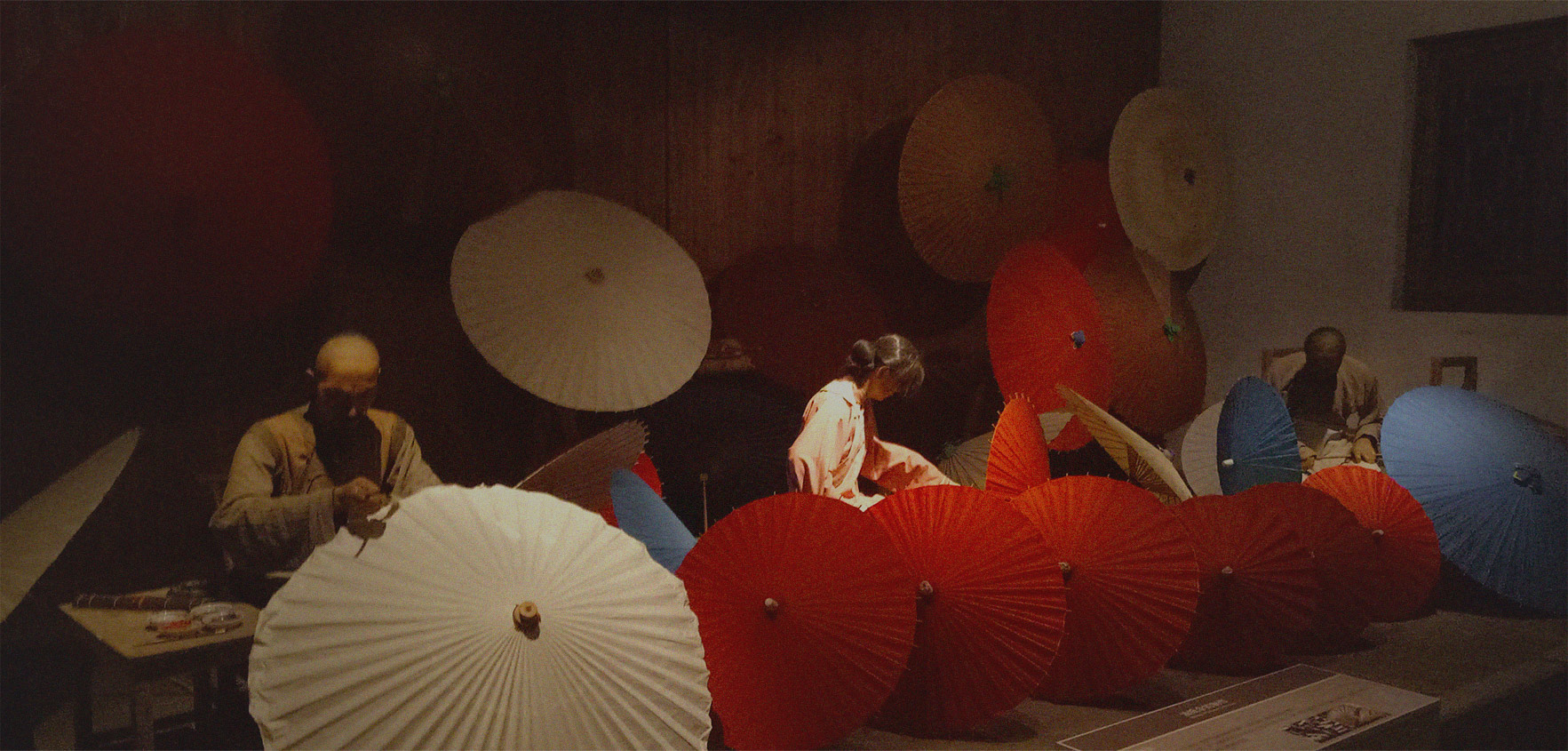Xiling Yinshe Society was founded in the 30th year of Qing Emperor Guangxu (1904). It was initiated by the Zhejiang school seal carving family Ding Fuzhi, Wang Fuzhen, Wu Yin, and Ye Weiming. Wu Changshuo was the first president. With the aim of "Keeping Stones, Studying India Studies, and Paintings and Calligraphy". It is a folk art group that researches seals, paintings and paintings with the longest history, highest achievements, and the most extensive international influence in the study of stone carvings at home and abroad, and has the reputation of “the best in the world”.

The site is located in the south of Gushan in the scenic area of Xihu, Hangzhou, Zhejiang Province, east to Baidi, west to Xiqiao Bridge, north to Lixi Lake and south to West Lake. Covers an area of 7090 square meters, construction area of 1750 square meters. Although there is no traditional vertical and horizontal pattern, the Yinshe Buildings are pavilions and terraces because of the high and low levels of the mountains. They are stacked one on top of the other in an orderly manner and can be regarded as a masterpiece of Jiangnan Garden. The main buildings are Baitang, Zhuge Pavilion, Yangxian Pavilion, and Pujing Jingyu. They are all linked to the Lianlian, and there are many stone carvings around the cliffs. Celebrity ink is visible. Built in the Chinese Ink Museum, it has a collection of over 6,000 pieces of seals and seals.
In 1961, Yinshe was recognized as the key cultural relics protection unit of Zhejiang Province by the People's Government of Zhejiang Province. In 1979, Xiling Seal Press was approved by the state as the official publishing unit. In 1999, the Chinese-Indian Science Museum established by Xiling Yinshe officially opened to the public. In 2001, the State Council was named the national key cultural relics protection unit. In 2009, the "China Seal Cutting Art", which was led by Xiling Yinshe, was successfully selected as UNESCO's "human intangible cultural heritage."
Xiling Yinshe also built a state-of-the-art tower. This exquisite stone tower is the only dense tower in Hangzhou and was built by a Buddhist monk in Xiqiao in 1924. With a height of more than 20 meters, the tower is a landmark of the Xiling Yinshe Society. The tower is an octagonal plane with 11 levels. The first grade is engraved with the "Hua Yan Jing Jing," and the second and third grades are engraved with the "Diamond Sutra". The upper eight levels and the top part of the tower are carved with statues of Buddha. There are also carved figures around the base, exquisite and vivid.

Although there is no traditional vertical and horizontal pattern, the Yinshe Buildings are pavilions and terraces because of the high and low levels of the mountains. They are stacked one on top of the other in an orderly manner and can be regarded as a masterpiece of Jiangnan Garden. The main buildings are Baitang, Zhuge Pavilion, Yangxian Pavilion, and Pujing Jingyu. They are all linked to the Lianlian, and there are many stone carvings around the cliffs. Celebrity ink is visible. Built in the Chinese Ink Museum, it has a collection of over 6,000 pieces of seals and seals.
Although Xiling Printing and Publishing Co., Ltd. has been a public institution for self-supporting and self-supporting activities in the form of culture and culture for 50 years, the government has been actively supporting financial resources. Funds; 10,000 yuan was used as a bonus for Mr. Zhang Lujun's cultural heritage donation and printing company; a building was allocated as a heritage storehouse of the Yinshe Society; several special funds for cultural relics were allocated to protect the building and cultural relics of the site; investment was 9 million yuan to build the Chinese Museum of Indian Studies. and many more.


